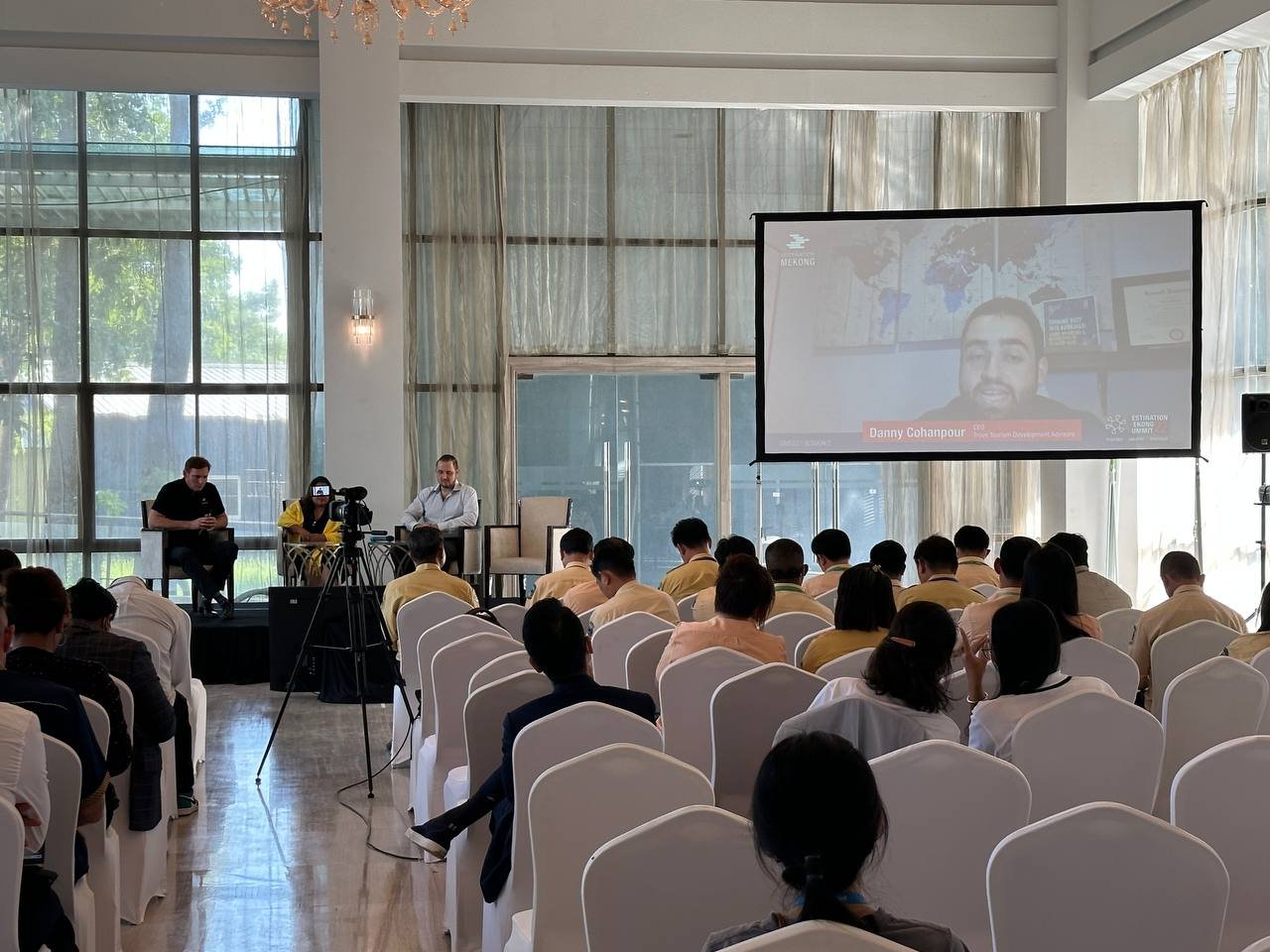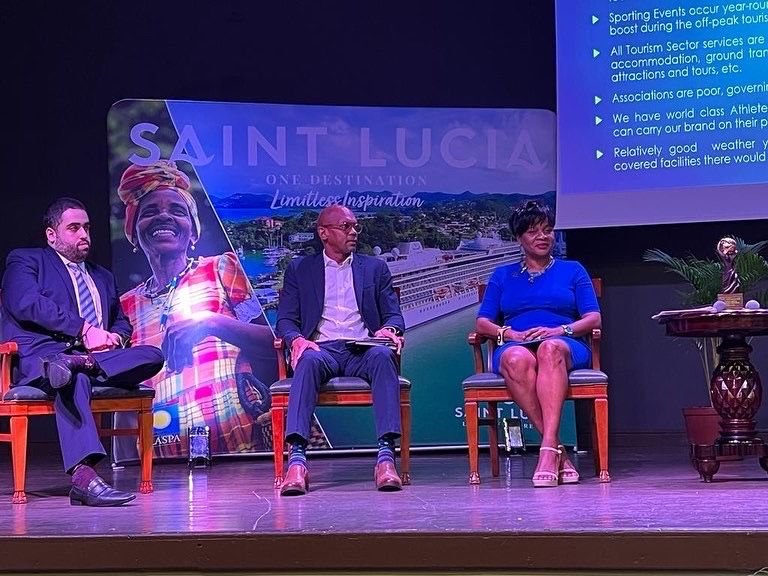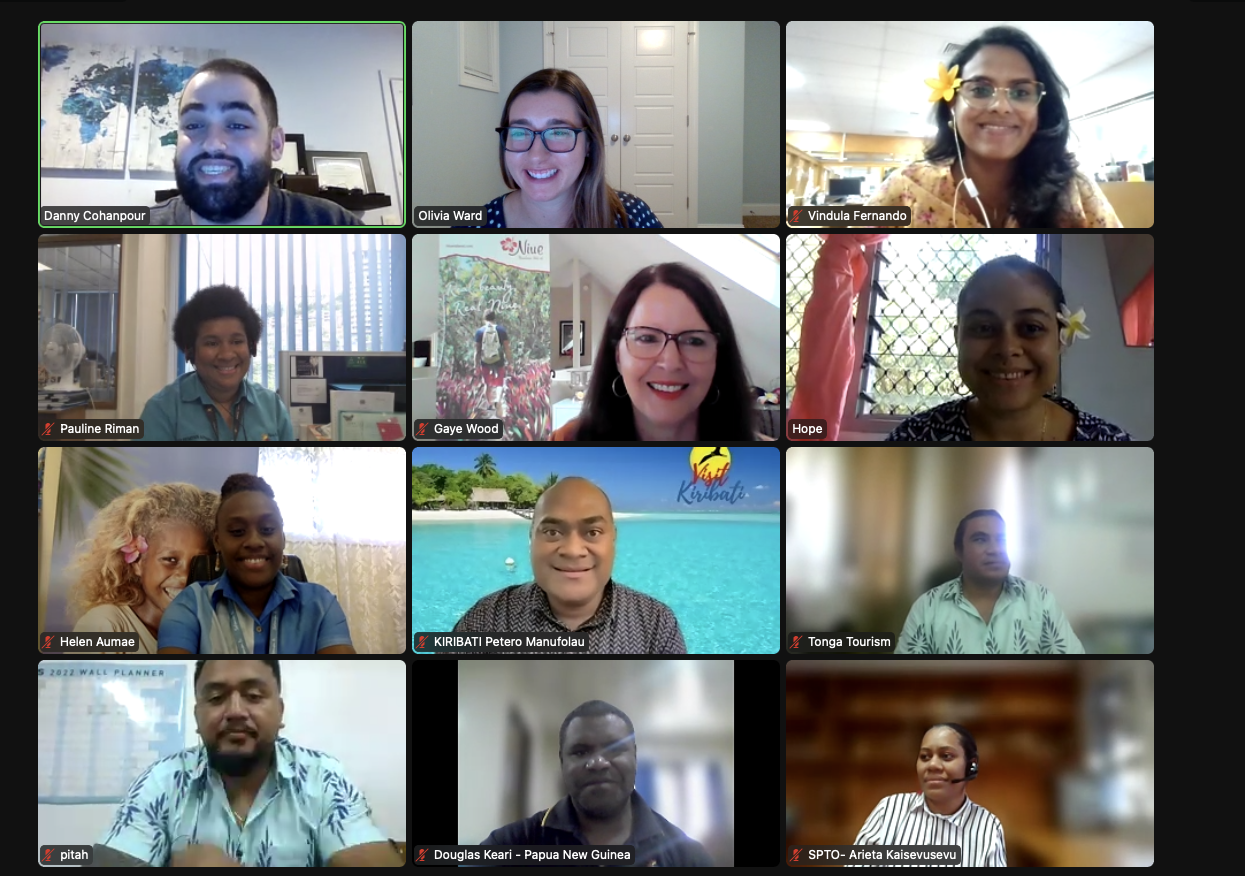Trove’s Top 12 Tourism Marketing Trends for Destinations in 2023
This is a year-end blog by Trove Chief Executive Officer (CEO) Danny Cohanpour.
There is a lot to look forward to in the global tourism and travel sector in 2023. 2021 was a year for re-calibration. 2022 was a year for growth. And 2023 will be the year for transformation. Destinations are facing travelers with very different needs and wants, and travelers are finding new experiences across travel destinations they flock to.
The Trove Tourism Development Advisors “Trove” tourism marketing team has completed research from July-December 2022 using three methods: visitor sentiment analysis using our online conversation analysis tool, interviews with 25 National Tourism Organizations (NTOs), and desk research. We have aligned on twelve trends for the tourism and travel sector in 2023. These are trends specifically for destinations (tourism boards, tourism authorities, destination marketing organizations) as they plan their international marketing strategies for 2023.
Without further adieu, here are our 12 tourism marketing trends for this coming year:
Trend #1: Travelers Are Actively Searching for Local Experiences Over Urban Crowds
Leisure and business travelers are looking for more local experiences and are not interested in planning trips with mainstream tourism providers anymore. According to American Express, 81% of Travelers agree that they want to travel to destinations where they can immerse themselves into the local culture. Additionally, the #1 activity reported to Booking.com that visiting local communities is their number one desire on trips, with avoiding crowded destinations as #2.
Trove Tip: To get ahead of this, destinations should train travel agents to create non "cookie-cutter" itineraries and promote and prioritize local tours and tour operators through their destination website.
Trend #2: Solo Travel is Up
More than 50% of tourists who make reservations with major tour companies like Intrepid Travel are traveling alone. Solo travelers are known to travel for a longer period of time. They travel, according to Travelport, for an average of 19 days. Couples are at a global average of 14 days.
Trove Tip: To get ahead of this, destinations should develop travel guides, interactive digital maps, and also collect and publish user-generated content to demonstrate that the destination is perfect for solo travelers.
Trend #3: Family Travel is Also Up
Even though during the pandemic, the total number of families internationally vacationing declined, the Traveler Insights Report 2022 Q2 revealed that international family travel has recovered to pre-covid numbers.
Trove Tip: Destinations should market the diversity of tourism attractions on offer and highlight themes such as affordability, safety, and accessibility.
Trend #4: Travelers are researching destinations on their phones but booking trips on their desktops.
Travelers have gotten in the habit of browsing for holidays and experiences on their smartphones. However, when it comes to conversions in the travel industry, it appears to be the opposite — users still prefer to book holidays on larger screens, with a conversion rate of 4.6% on desktop, compared to just 3.1% on mobile.
Trove Tip: All platforms (except the occasional tweet) should include an image, video or link preview. It’s important to resize images and videos to be optimized for the platforms and be mobile-friendly. We recommend monitoring SproutSocial image and video lists at least twice per year, as optimal image and video sizes are updated regularly based on new technology and user behaviors. Destinations should continue to ensure that marketing content is mobile friendly. Lastly, the destination website should be focused on key conversion metrics, highlighting calls-to-action, and directly linking consumers to tour operators and hotels. Chatbots and direct integrations with online travel agents are advanced ways of accomplishing this.
Trend #5: Incentives and bleisure travel is growing.
Incentive travel demand is increasing from US, European, UK, Canadian markets. These MICE market segments want experiences before, during and after their trip.
Trove Tip: Destinations should market directly to incentive planners on LinkedIn, Instagram, Email and Corporate Travel Platforms like CVENT, MPI, PCMA and SITE. To attract business travel and incentive planners, DMOs should highlight 4-5 star hotels, unique meeting and event spaces, dine-around options, and excursions in digital content that is disseminated. In addition, tourism boards should ensure that they have a consistent presence at conferences like IMEX, IBTM, GBTA in key markets in the USA, UK and Europe.
Trend #6: Sustainability is more so than ever a buying decision.
Nearly 70% of travelers say they are more likely to book accommodations if they know the property is planet-friendly. According to Booking.COM: 61% of global travelers said that the pandemic made them want to travel more sustainably, with 73% more likely to choose accommodations that have implemented sustainability practices. OTAs like Booking.COM have implemented sustainability badges and practices which are verified independently to attract more eco-conscious travelers. Travelers are seeking these options but in most cases the options are limited, hidden, or they don't exist. On Expedia, hotels can adopt the UNESCO Sustainable Travel Pledge. Data has shown that hotels displaying these badges see 25% increase in WoW bookings.
Trove Tip: DMOs should encourage hotels, lodges, and attractions to showcase their low environmental impact, high community impact, efforts to regenerate, not pollute and not waste - as consumers desire those type of selections. DMOs can also:
Showcase sustainable impact of lodges, boutique hotels and excursions on the destination website
Plan out visitor experiences to expand and explore across the island, across local businesses
Develop content to support local community businesses
Include sustainable value into marketing collateral for travel trade. Many travel trade still present cookie-cutter itineraries.
Trend #7: Travelers want ease and there needs to be a clear visitor experience.
All visitors regardless of where they are coming from want an experience. So after they book, where will they go? 84% of travelers agree they like to visit destinations that have access to more than one scene (e.g., beach, city, mountain, desert, etc.) For cruise travelers, they need to clearly know what they can accomplish in one day. Lists of attractions do not work anymore. Travelers are looking for custom itineraries depending on segment.
Trove Tip: DMOs must become the all in one source for their destination. Travel and experience guides must be up to date at least 2X/month in order to ensure that the DMO remains the leading authority on what to do and where to go. DMOs should develop content that showcases an experience, clearly navigating through the destination and its diversity of attractions in a varied and creative way. This content can include interactive maps, 360 degree videos, and custom itineraries. DMOs should find community ambassadors either within the DMO or local trade to collate content into marketing. Lastly, more advanced DMOs should use tools like Zartico to measure cruise and stayover passenger location data and overall trip movements to use that data in future strategic planning.
Trend #8: Travelers can stay longer (7-10 days) but need a reason to stay.
Length of stay is a hurdle in tourism management that significantly affects the activities and investment of the tourists. Findings indicate that the factors associated with length of stay are the level of disposable income, age, information and motivation, and marketing strategy abroad. In all cases besides for the US Market which has remained the same since 2019, the trip length of stay has gone down.
Trove Tip: DMOs should include clear social and web content on new trip experiences for stay-over travelers and organize trade events to cover the diversity of experiences all over the destination. DMOs should clearly define and display information on steps to better highlight tour operators, attractions, and trip experiences as well as directly refer travelers there via online means. In addition, DMOs should define and display a clear inventory of all-inclusive, large, small and boutique hotels on offer.
Trend #9: SEO is important for all destinations.
An effective SEO strategy on all levels, including technical, on-page and keyword, and off-page back-linked SEO is key in order to get to the top of search engine results The top pages are flight and hotel search pages, offer pages, blogs and destination explainer pages.
Trove Tip: Google is the most visited website and search engine, receiving more than 92% of all global searches. Currently, search ranking for experiences, tours, and offers is very poor for most DMOs.
Because Google’s number one goal is to deliver the most relevant results possible to users, website content should be optimized to provide an easy and relevant user experience. Internal links, keywords, external links, and continuous tracking via Google Analytics is key for destinations. For most international DMOs, SERP position is usually most prominent for COVID and entry forms or information, and marketing teams must actively focus on SEO and key - free - best practices to improve search positioning for itineraries, experiences, and conversion-friendly pages.
Trend #10: Travel windows are shorter.
The Traveler Insights Report 2022 Q2, which analyzed the second quarter of Q2, showed that searches up to the maximum of a 90–days window increased more than 5% globally, and searches in the 61- to 90–day window saw the most significant quarter-over-quarter boost at 15%. The report also showed that most consumers - 53% - feel comfortable booking travel less than one month in advance.
Trove Tip: Tourism boards have a shorter window to make an impression and convert a prospective traveler. There should be more assertive pushes to get users towards that "click". DMOs have the most birds-eye view of a destination and are bigger experts than OTAs but OTAs are gaining the booking share. DMOs should identify what ultimate conversion means for their visitor using the following steps:
Determine if you can realistically attribute marketing effort to that conversion
If you cannot - what are other metrics you can sure to understand that conversion? Downloads? Book Now? Clicks to a travel agent or third party website?
DMOs should look to integrate platform pixels from or demand-site platform advertising, or leverage a third-party provider like Booking.COM to incorporate widgets in the website. Alternatively, tools like Adara measure full life cycle booking patterns.
Other personalization technologies allow more advanced destinations to coordinate their digital marketing strategies, tying banner ads and campaigns to website behavior. This is called personalization.
Trend #11: Influencers are inside and outside the DMO.
Travel influencers were the No. 4 most popular type of creator worldwide. Hotels are also being more proactive in reaching out directly to influencers for staycation content. However, issues with quality control means that DMOs and hotels must vet candidates and look at past campaigns in key target markets (and not just follower counts).
Trove Tip: Lately, tourism authorities with the most success in travel involve two kinds of influencers:
Social media influencers with influence both in the destination and the target market that the DMO is trying to attract travelers from. These are content-focused campaigns.
Tourism trade influencers within the actual DMO or within travel trade in the destination itself. This is a creative way to provide travelers a “behind the scenes” view of the destination from the experts that know it best.
Trend #12: User-generated content is key.
User-Generated Content (UGC) is content created by someone other than your NTO. It can be anything from a YouTube video, Instagram Story, or blog post. It allows for scaling more quickly on social and develops buy-in. A "user" can be more than just consumers, other great sources of UGC are employees, partners, and local trade organisations (e.g. a hotel or tour operator).
By monitoring accounts or creating a single brand hashtag and encouraging people to use it in their posts, your NTO is able to easily discover content that users want to be repurposed. For tourism authorities, extracting user-generated content from TikTok, Instagram, Twitter, and Facebook and re-posting it (with permission of course) is key to achieving more value from content already out there. By leveraging UGC photos, videos, and blogs, your NTO is building credibility by highlighting peer-to-peer experiences and reliable sources. Consumers see UGC as 2.4x more authentic than brand-created content (e.g. stock photos), which means they’re more likely to engage with it. Additionally, by repurposing UGC from consumers your NTO is navigating content creation constraints such as limited budget or time resources.
Trove Tip:
If your DMO has not set up a process to aggregate user-generated content on a consistent basis, this is a big miss. All DMOs should:
Once per month, set a reminder to review these digital platforms and bookmark content that will be relevant to repurpose on your digital channels.
Once per week review Google Alerts for your destination and DMO
Promote and monitor a brand hashtag that visitors can use
Create a list of profiles to monitor
Request permission to use content and plan it out
DMOs can also invest in third-party tools like Crowdriff that completes the above process automatically.
What we envision for 2023:
2023 is a year of transformation for DMOs. All DMOs should be tracking and incorporating learnings from these twelve tourism marketing trends in marketing planning this coming quarter. The Trove team can help set your DMO up for success in marketing for 2023. To contact our Branding and Marketing teams, please contact us here.




